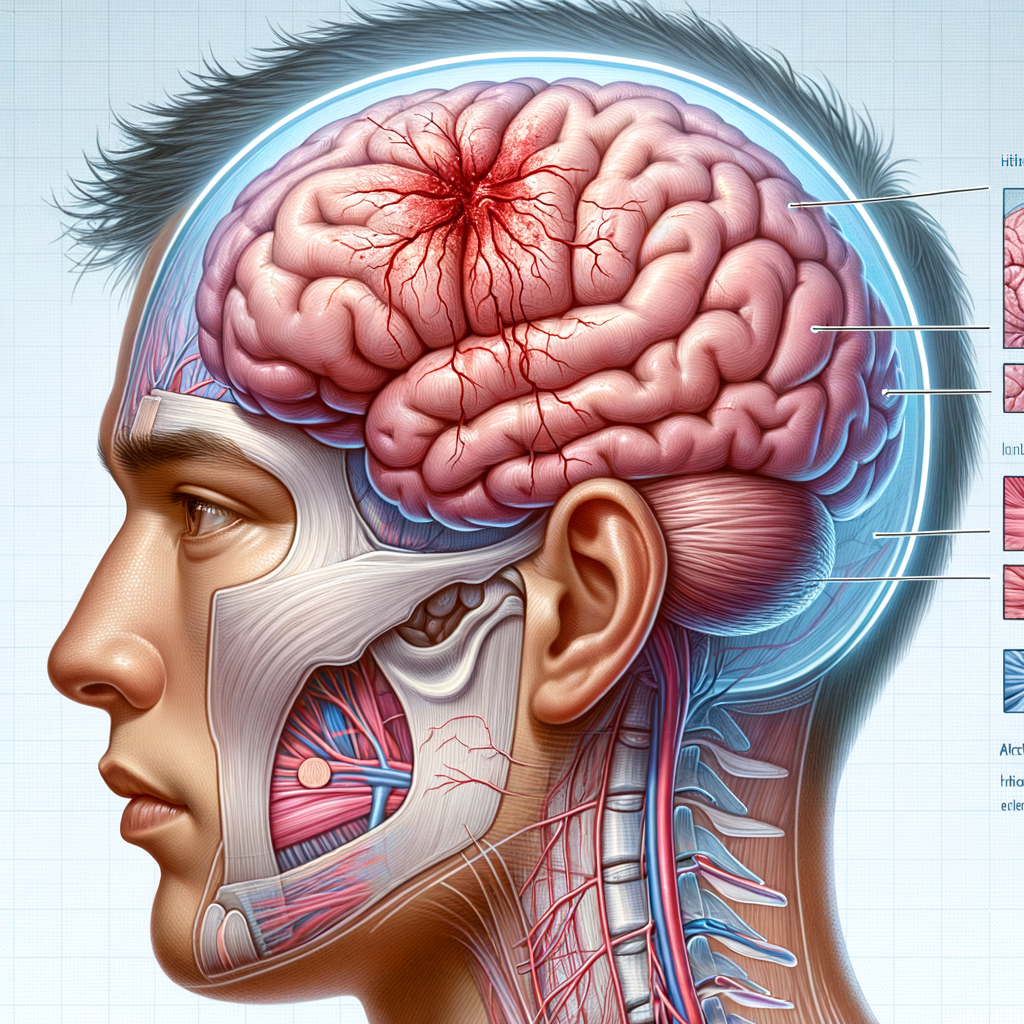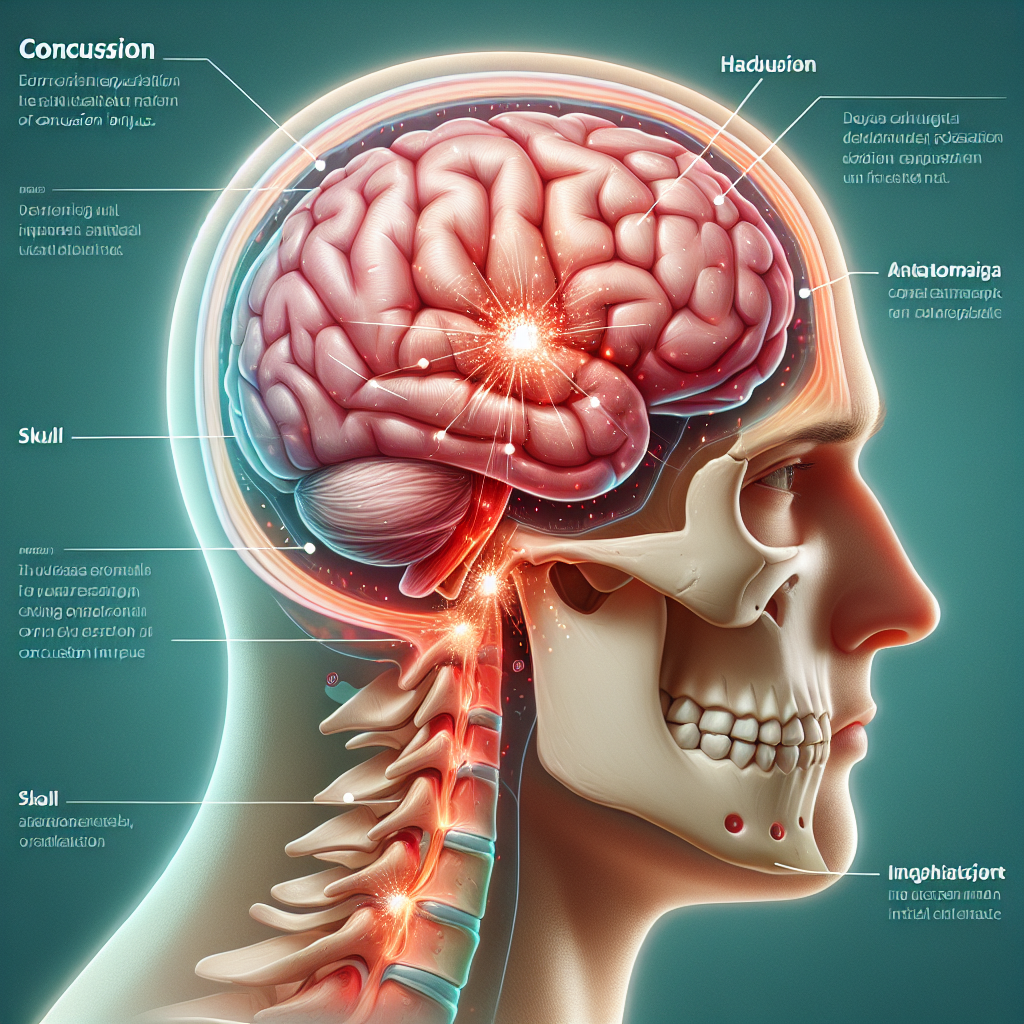Understanding Concussion Injuries

Concussion injuries are a common type of traumatic brain injury (TBI) that can occur from a blow to the head or a violent shaking of the head and body. They are often associated with sports injuries, car accidents, and falls. Despite their prevalence, there is still a lot of misunderstanding and misinformation about concussion injuries. This article aims to provide a comprehensive understanding of concussion injuries, their symptoms, treatment, and prevention.
What is a Concussion?
A concussion is a type of brain injury that occurs when a blow or jolt to the head or body causes the brain to move rapidly back and forth. This sudden movement can cause the brain to bounce around or twist in the skull, creating chemical changes in the brain and sometimes stretching and damaging brain cells.
Symptoms of a Concussion
Concussion symptoms can be subtle and may not appear immediately. They can last for days, weeks, or even longer. Common symptoms include headache, confusion, lack of coordination, memory loss, nausea, vomiting, dizziness, ringing in the ears, sleepiness, and excessive fatigue. There may also be changes in sleep patterns, mood, and behavior.
Treatment for Concussion
Concussions require immediate medical attention. Treatment usually involves rest and restricting activities to allow the brain to recover. This means temporarily reducing physical activities and those that require a lot of concentration. The recovery process is gradual, and symptoms should be monitored closely. In some cases, medication may be prescribed to manage symptoms such as headaches.
Preventing Concussions
- Wearing protective gear during sports and recreational activities
- Ensuring the living environment is safe to prevent falls
- Using seat belts and child safety seats correctly
- Exercising regularly to improve strength and balance
Concussion and Sports
Concussions are particularly common in contact sports such as football, hockey, soccer, and boxing. According to the Centers for Disease Control and Prevention (CDC), an estimated 1.6-3.8 million sports and recreation-related concussions occur in the United States each year. It’s crucial for athletes, coaches, and parents to understand the risks, signs, and proper management of concussions to protect the health and safety of athletes.
Conclusion
Concussions are serious injuries that require immediate attention and proper management. Understanding the symptoms and treatment options is crucial for recovery. Prevention strategies, particularly in sports and recreational activities, can significantly reduce the risk of concussions. As research continues, we hope to gain a better understanding of concussions and how to best treat and prevent them.
Tags: concussion, brain injury, symptoms, treatment, prevention, sports, CDC, athletes
Featured Image: Cartoonish image of a brain wearing a helmet, symbolizing the protection against concussion injuries.







